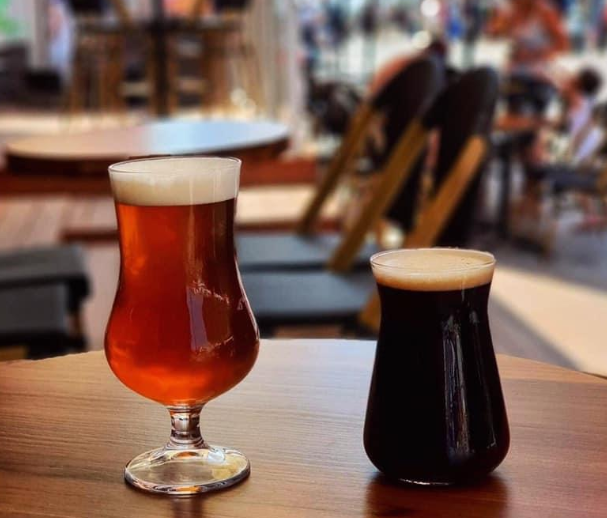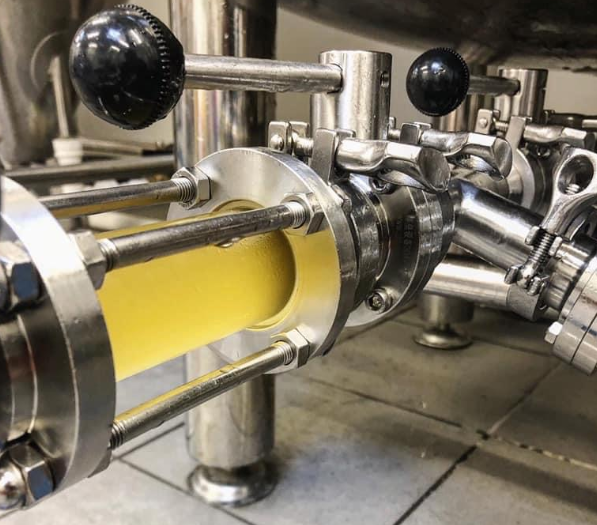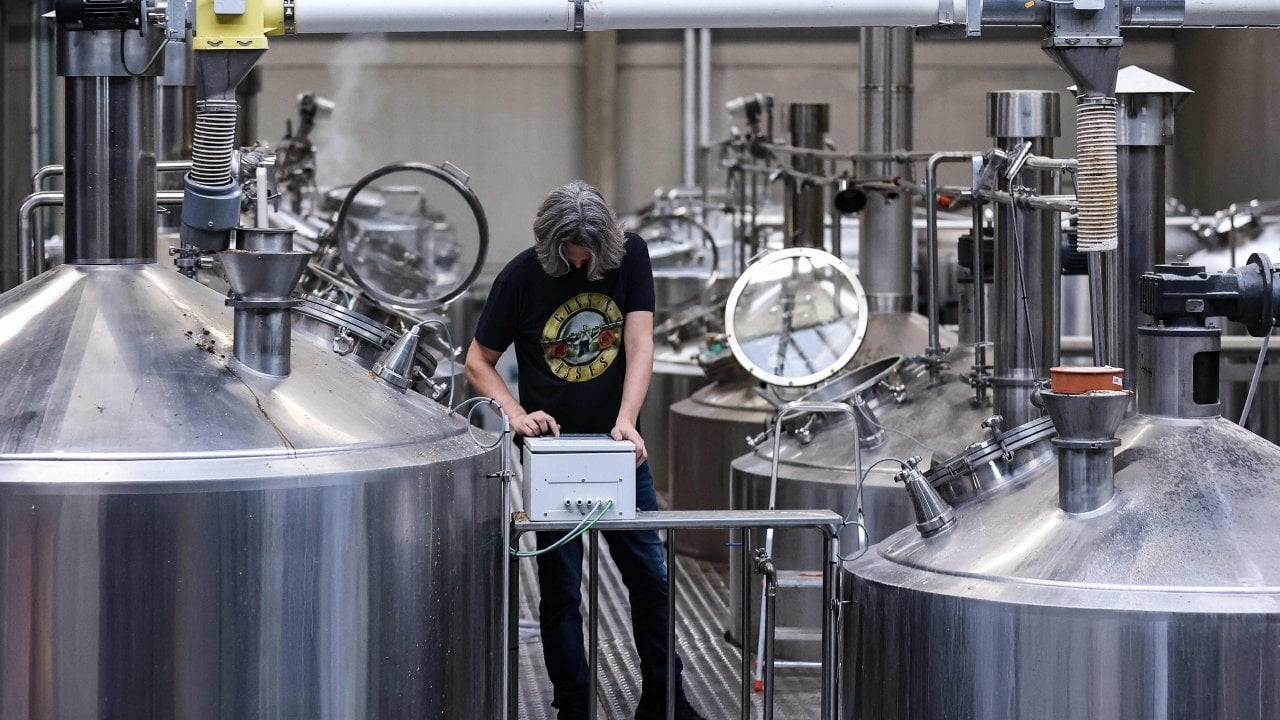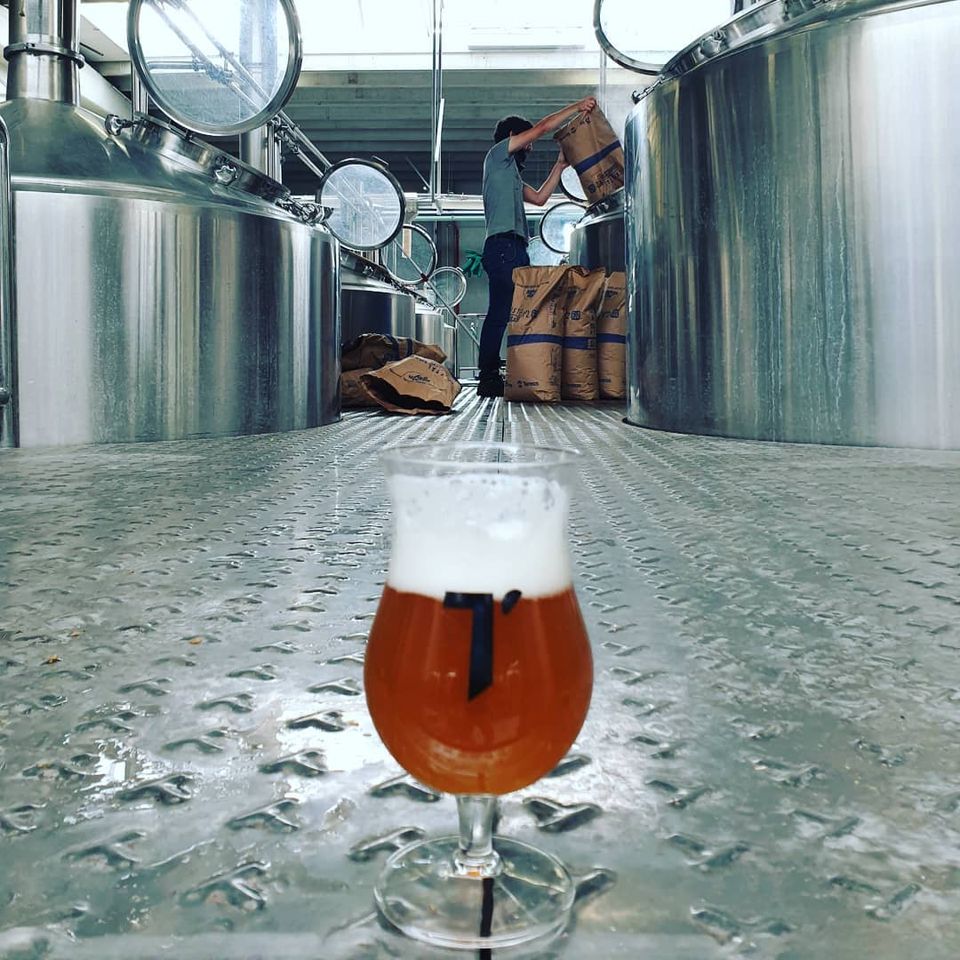Oxidation is a major problem in beer. Today, in this article, I will talk about the oxidation of beer and some measures to reduce oxidation.
After the beer is over-oxidized, the hop aroma will become lighter, the color will deepen, it will be bitter after it appears, and it will have a cardboard smell when drinking.
Therefore, we need to take certain measures to control the oxidation in the beer production process (except oxygen in the main fermentation period is conducive to yeast reproduction, any oxidation in other processes will cause harm to beer).
How to reduce oxidation during brewing?
1.Choose good malt. If the water content of the malt is large (see the identification of malt quality and analysis report for details), it will not only affect the cost, but also more likely to form oxidized precursors.
2.Use the crushed malt as soon as possible, preferably no more than 6 hours. It is recommended to crush the malt before the mashing water is ready for half an hour.
3.The content of copper ions and iron ions in the brewing water is controlled in a low range, because copper ions and iron ions can promote the oxidation reaction. Generally, the normal commercial brewing equipment will be pickled and passivated in the pot, and an oxide film will be formed on the surface.
There is no need to worry about this problem, but some home brewing equipment use copper accessories. Here, we ecommends to replacing it with 304 stainless steel.
4. Minimize the number of stirring times in the mashing, and avoid stirring too fast.
It will forms a vortex to inhale air when mashing, and commercial brewing is controlled the stirring by frequency controller, so the stirring motor must be variable frequency, while homebrewing is controlled manually.
5.Before the wort enters the filter tank from mash tank, first spread the 78-degree grate water to discharge the air under the sieve plate, one is to prevent the wort from oxidation, and the other is to prevent the mash from being too impacted and the sieve plate deformed.
6. The time for conveying wort should be reasonable, and the time should be controlled at about 10-15 minutes, which requires the selection of a suitable size of wort pump when purchasing equipment, and the filtration time is not recommended for too long.
7. The time from the boiling tank pump to the whirlpool should be within 15 minutes as much as possible. At the same time, the tangent of the whilrpool should be reasonably designed to avoid local turbulence and reduce air inhalation.
8. Select the plate heat exchanger of the appropriate size, the cooling time of the wort should be as fast as possible, and the cooling time of the wort should be controlled within 50min.
9. When canning, choose a reasonable canning machine, try to take two vacuums, and the vacuum degree of each filling valve reaches 80% to 90%, so as to minimize the increase of dissolved oxygen during the canning process.
To sum up, both the design of the brewing equipment and the operation technology will directly affect the oxidation of the wine industry.
Post time: May-11-2022





